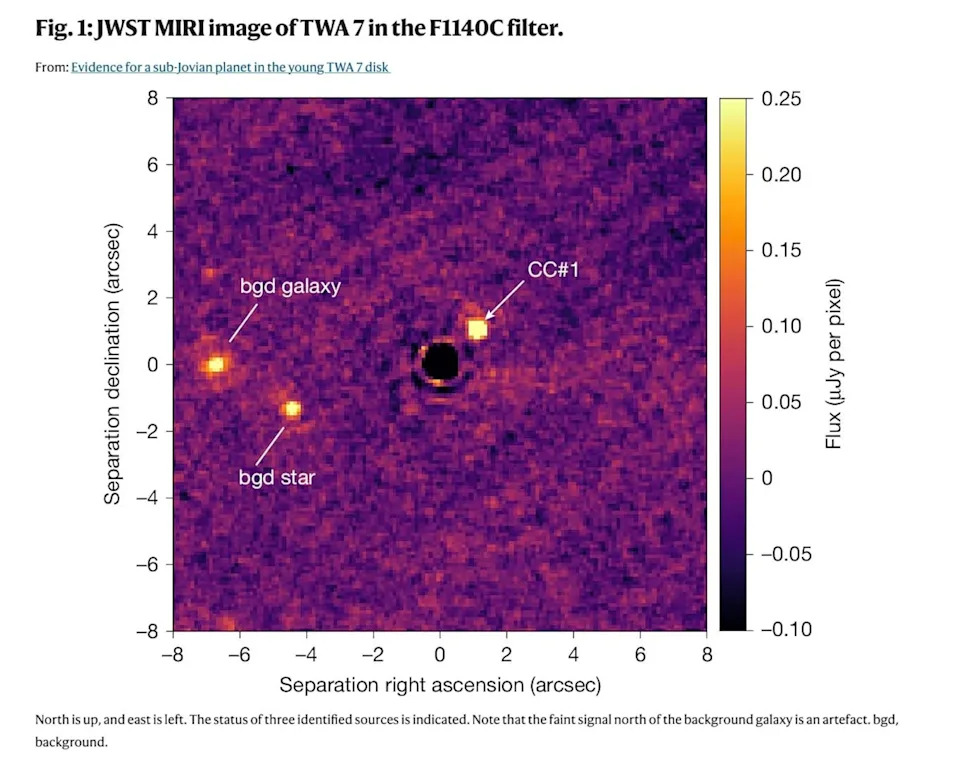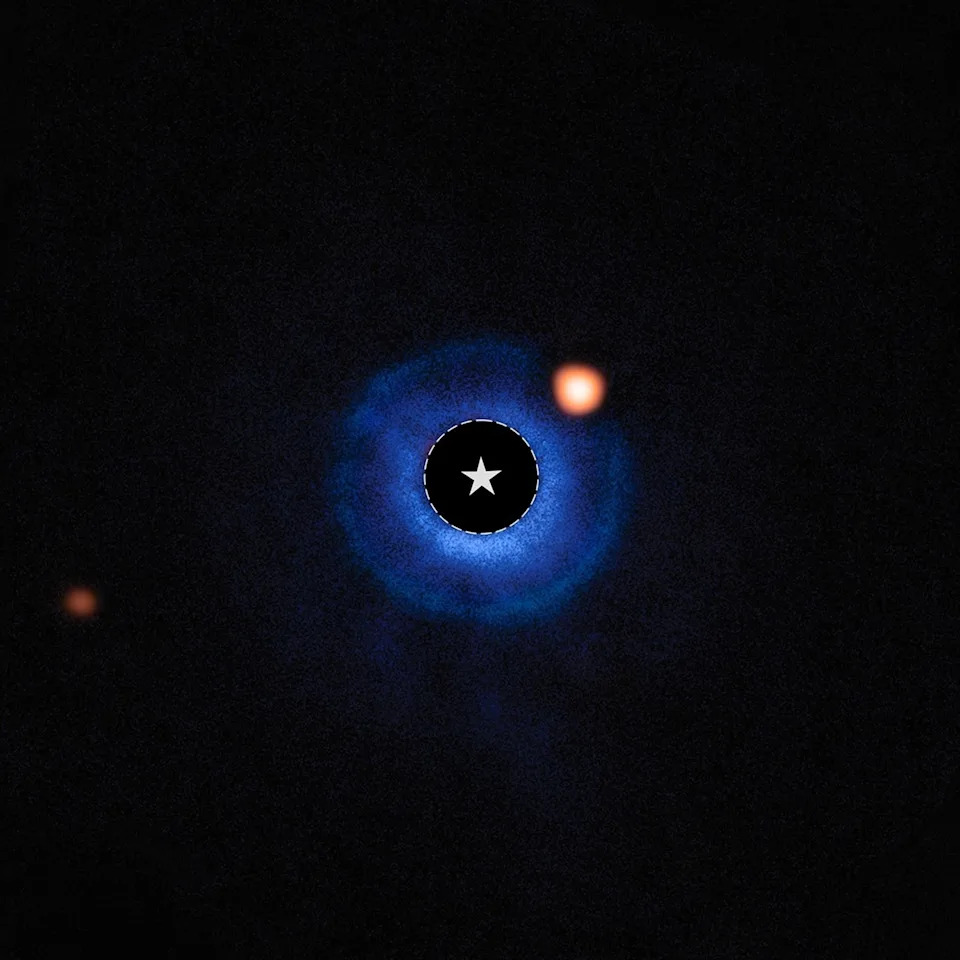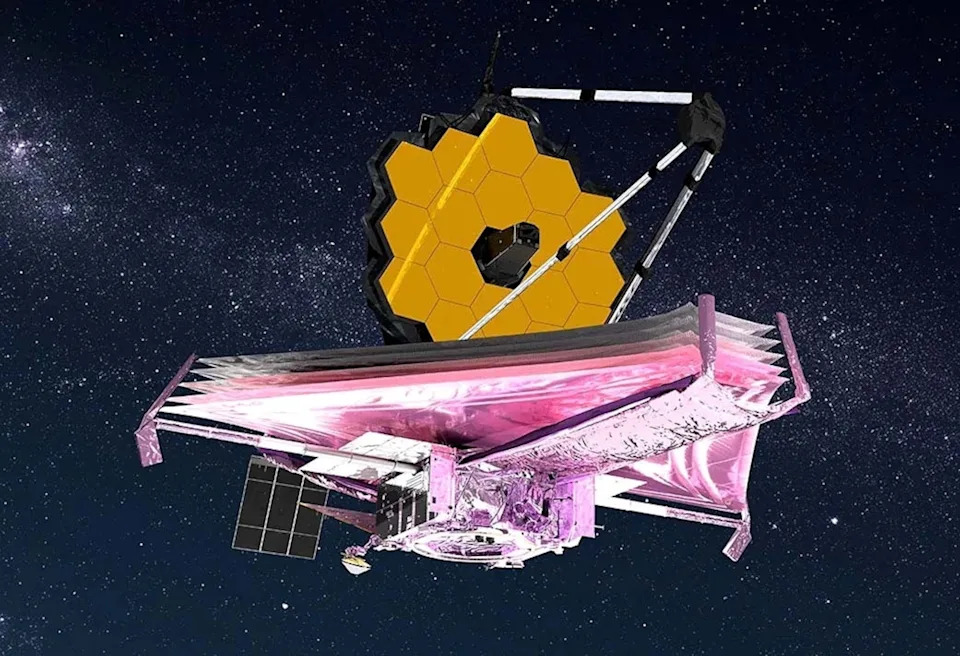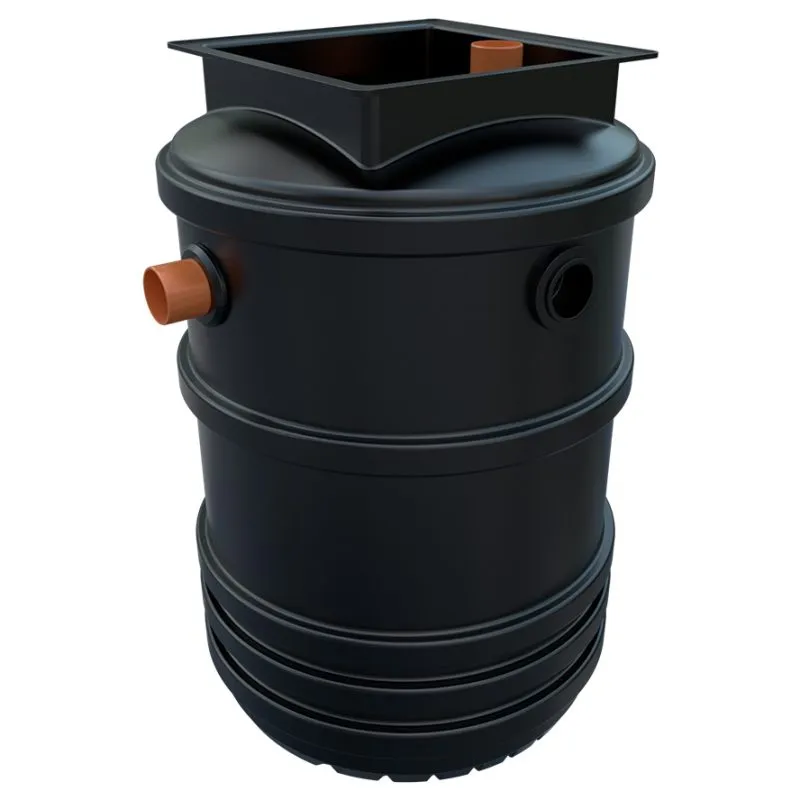NASA detects new planet with temperatures that suggest habitable conditions
The James Webb telescope has made another stunning discovery -- this time of a massive planet that could potentially sustain life, according to multiple space agencies.
Astronomers have captured "compelling evidence" of a planet with a mass about 100 times the size of Earth orbiting a young, red dwarf star 34 light-years away called TWA 7 or CE Antilae.
MORE: Rare exoplanet discovered in outskirts of the Milky Way
The planet, named TWA 7b, was detected by the James Webb Space Telescope, the most powerful telescope ever put into space, according to NASA.
 Nature - PHOTO: Evidence for a sub-Jovian planet in the young TWA 7 disk
Nature - PHOTO: Evidence for a sub-Jovian planet in the young TWA 7 diskAn initial analysis suggests the object could be a young, cold planet with a temperature near 120 degrees Fahrenheit, NASA said. Life can grow and reproduce starting at about 5 degrees Fahrenheit and as high as 251 degrees Fahrenheit, scientists say.
MORE: Could our solar system have 9 planets after all? Astronomers may have confirmed possible existence.
An international team of astronomers noticed a faint infrared source in a disk of debris surrounding the star, a distance about 50 times the space between Earth and the Sun, NASA said. They then used the telescope's mid-infrared instrument to suppress the bright glare of the host star to reveal the faint objects nearby, a method called high-contrast imaging that allows astronomers to directly detect planets that would otherwise be lost in the "overwhelming" light.
 NASA, ESA, CSA, Anne-Marie Lagrange (CNRS, UGA), Mahdi Zamani (ESA/Webb) - PHOTO: Astronomers using NASA’s James Webb Space Telescope have captured compelling evidence of a planet with a mass similar to Saturn orbiting the young nearby star TWA 7.
NASA, ESA, CSA, Anne-Marie Lagrange (CNRS, UGA), Mahdi Zamani (ESA/Webb) - PHOTO: Astronomers using NASA’s James Webb Space Telescope have captured compelling evidence of a planet with a mass similar to Saturn orbiting the young nearby star TWA 7.If confirmed, this would be the first time the James Webb telescope captured a direct image that led to the discovery of a planet, rather than gravitational lensing -- a technique based on Albert Einstein's theory of general relativity, according to astronomers.
The detection would match the expected position of a planet and explain key features of planets seen in the debris disk, according to the space agency. The source of the infrared light is located within three dust rings observed surrounding TWA 7.
MORE: HExoplanet discovered in 2020 has the coldest temperatures ever measured, scientists say
The debris disk surrounding TWA 7 is one of the youngest debris disks known to date, according to a paper published last week in Nature.
"Our observations reveal a strong candidate for a planet shaping the structure of the TWA 7 debris disk, and its position is exactly where we expected to find a planet of this mass," Anne-Marie Lagrange, a researcher at the Observatoire de Paris-PSL and Université Grenoble Alpes in France and lead author of the paper, said in a statement.
 NASA - PHOTO: NASA's James Web Space Telescope is shown in this illustration.
NASA - PHOTO: NASA's James Web Space Telescope is shown in this illustration.The discovery is an "exciting step forward in our understanding of planetary systems," said co-author Mathilde Malin, an assistant research associate of Johns Hopkins University and the Space Telescope Science Institute in Baltimore, in a statement.
The finding highlights the Webb telescope's ability to explore previously unseen low-mass planets around nearby stars, according to NASA.













